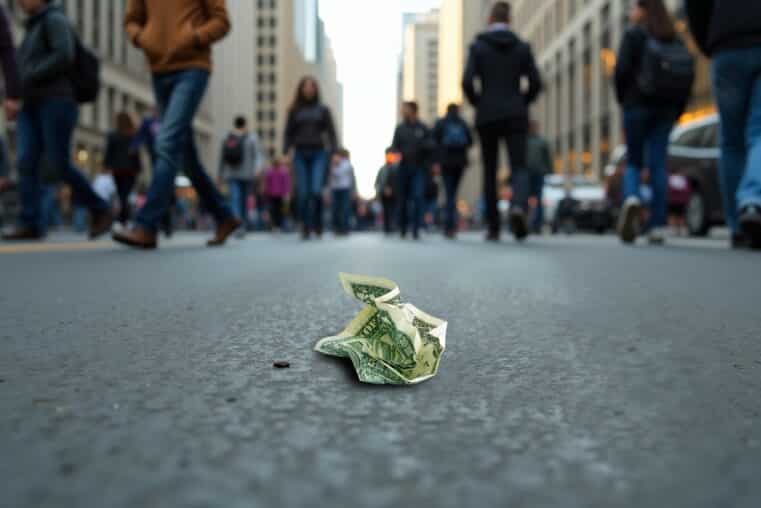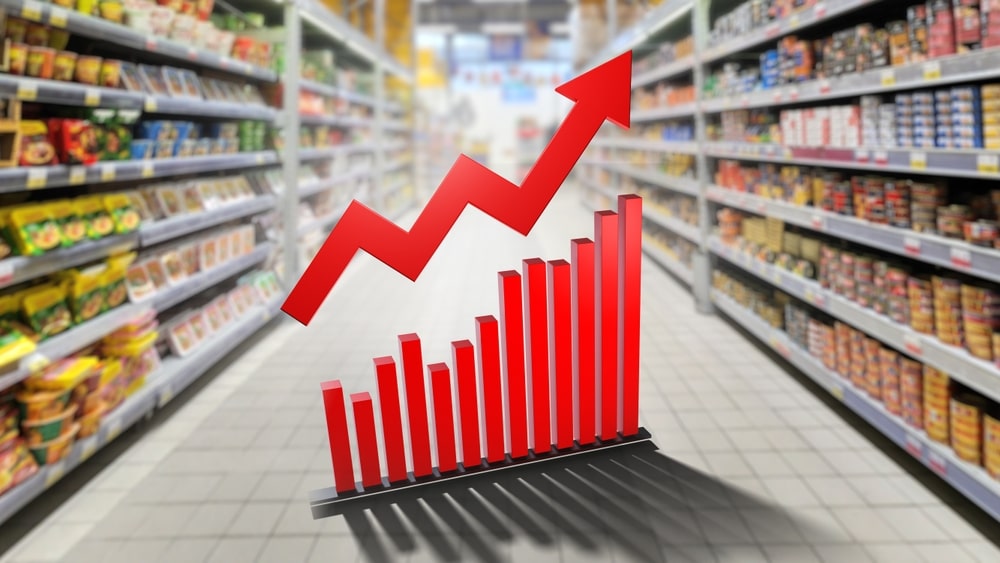
Apple’s Downgrade May Be the Beginning of a Much Larger Downturn
Toward the end of last week, Goldman Sachs adjusted its 2020 growth forecast for US companies in light of the coronavirus impact on the global economy.
Their analysts expect a growth rate of ZERO PERCENT (or $165 per share which amounts to a stagnant growth rate).
In contrast, the current Wall Street consensus still stands at a growth rate of 7%.
But given the uncertainties of the coronavirus impact, we can’t say much about the predictive models that outline a future based on a more “certain” past. Things are changing.
Just a few weeks ago, Apple signaled to investors that quarterly revenue should reach around $63 to $67 billion.
However, due to sales and production issues in China and the country recovering from their Q1 issues less quickly than expected, Apple says it will now fall short of those projections.
With Asian stocks falling and US bond yields dropping significantly, Chinese markets are fluctuating along with those in the US--a volatility risk that, beneath the rise and fall in sentiment, indicates investor indecision and uncertainty.
On the optimistic side, the recoveries show that investors believe that the level of global liquidity, paired with the fact that central banks are ready to print more money, will help prop up equities even as signs point to weaker economic growth.
However, there are red flags popping up all around, and it would be wise to take notice.
The fact that Apple, the biggest tech company in the world, has had to downgrade earnings does not bode well for the immediate financial future.
When paired with other revenue misses, such as Japan’s Q4 GDP miss, which remember, came pre-coronavirus outbreak, you can see a much larger trend developing.
As 2020 rolls on, chances are we will see these types of downgrades to both earnings and growth spread across the equity markets.
As optimistic as people want to be, the hard data does not lie and what the data will reflect is a world economy stalled by the spread of coronavirus.
Take a look at China. Their corporate and industrial shutdowns have now lasted longer than originally projected.
The majority of the Chinese labor force is not returning to work. Overall, their industry has stalled which eventually means that consumption will be significantly lower.
Despite the headline risk that has caused markets to tumble, one thing lay in wait: the ripple effects to follow are not yet reflected in equity prices.
They will have a longer-term effect that will show up eventually. In other words, the long-term impact of the coronavirus epidemic is still on the horizon.
As the direct effects of the outbreak’s industrial impact are slowly unfolding, we have yet to see the secondary effects.
These secondary effects will likely be non-linear, more protracted, and much more unpredictable, like the virus itself.
Most importantly, none of these secondary effects have been priced into the markets.
The effect of China’s prominence in the global supply chain is currently being felt, but hardly any of it has shown up yet in the reporting of corporate earnings and growth.
It is slowly starting to happen though as evidenced by the news last week that Fiat Chrysler is stopping operations at their Serbian plant because they cannot get parts from China.
These ripple effects are nearly impossible to model simply because the variability in both data and potential outcomes would make any prediction unreliable.
This bears similarity to current scientific efforts combating the virus and its spread: the CDC warned Americans that it’s not a matter of “if” but “when” this epidemic will begin exhibiting community transmission.
Similarly, the WHO announced that COVID - 19 is about to officially reach “pandemic” classification (the virus already spread to 6 of the 7 world continents).
Transferring all of this to the equity markets, investors should prepare for the worst.
If equity markets start to reflect this volatility, central banks will have no choice but to react accordingly to try to counteract this.
If they do, which they have given every indication in the recent past that they will, investors will continue to pour capital into equity markets. A dangerous move.
At the least, it would be foolish to continue buying without a hedge.
Banks and other large (or just smart) financial institutions have risk-management departments.
The average retail investor, however, either doesn’t practice active risk management, or doesn’t have the know-how to do so. On a basic level, however, it isn’t all that difficult.
Over a year ago, we posted an article on an “all-weather portfolio.”
It’s based on an older model that has shown growth and capital preservation from the 1930s to the present date--through recessions, crises, and high inflationary environments.
Fortunately, it isn’t rocket science. It’s just a matter of splitting your investments into four equal parts: 25% equities, 25% bonds, 25% cash assets, and 25% gold and silver.
Remember, risk management isn’t about reacting to something that’s already happened. It’s about anticipating and making proactive decisions.
Similarly, risk management has nothing to do with market pessimism or optimism. It’s just about being prudent.
While companies do their best to manage risk on a regular and active basis, investors often do not. In the end, investors who don’t hedge often end up paying for their mistakes.
We believe that now is the time to hedge. But again, it’s your money. Do what you think is best.











